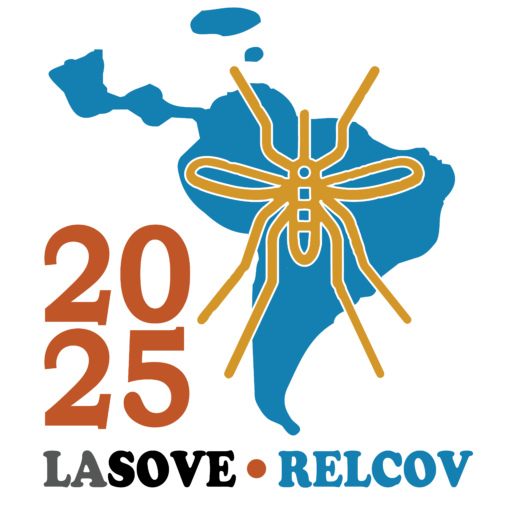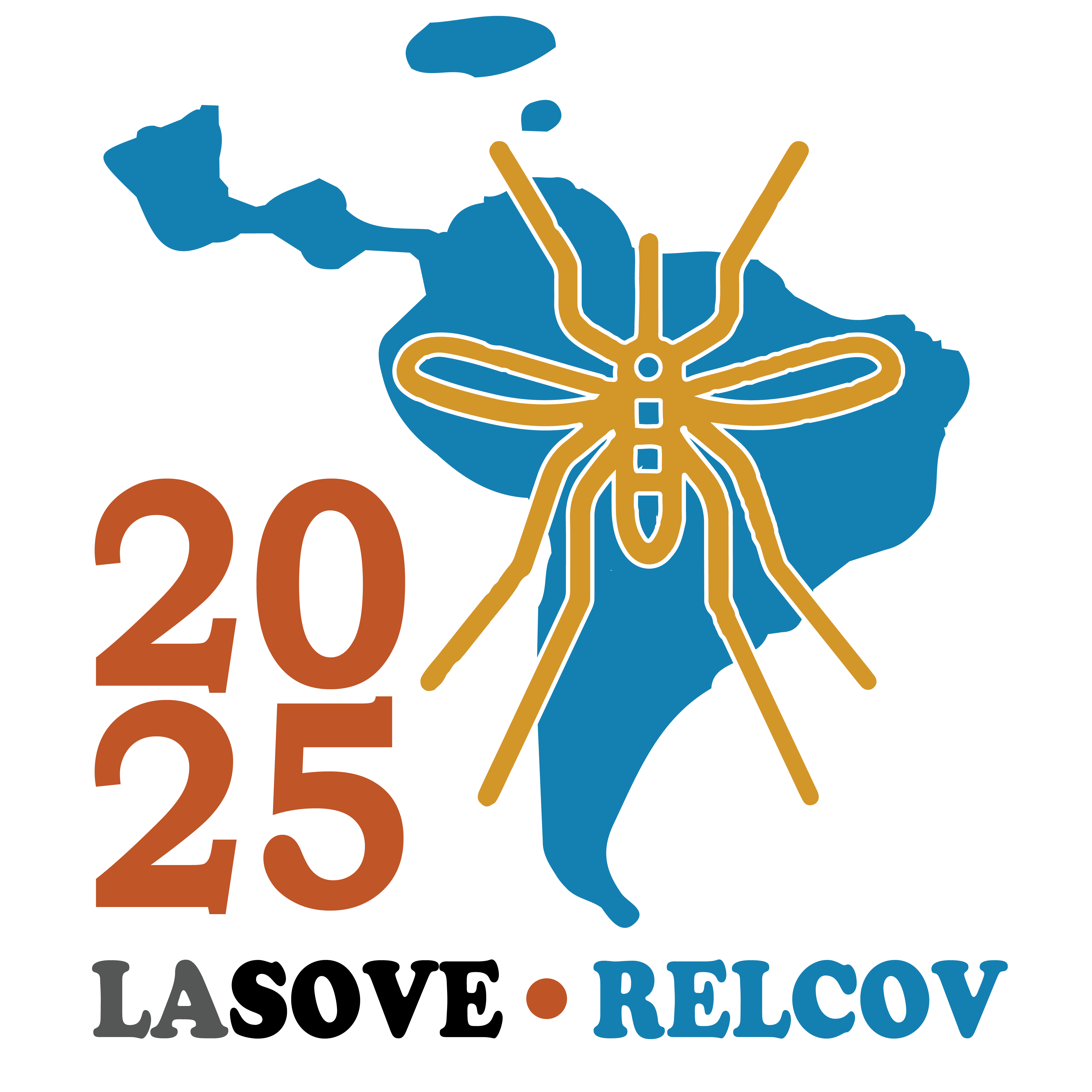Simposio: Invertebrados vectores de enfermedades de importancia veterinaria
SIMPOSIO
Invertebrados vectores de enfermedades de importancia veterinaria
COORDINA: Patrick S. Sebastian

Control de garrapatas duras (Acari: Ixodidae) con importancia veterinaria en Latinoamérica
Las garrapatas duras (Acari: Ixodidae) son ectoparásitos hematófagos obligados que representan un importante problema veterinario y económico a nivel mundial debido a su capacidad para parasitar una amplia variedad de hospedadores, especialmente animales domésticos y de producción. Estas garrapatas actúan como vectores eficientes de múltiples patógenos, incluidos protozoos, bacterias y virus, responsables de enfermedades infecciosas que afectan la salud animal y, en algunos casos, la salud humana. La infestación por garrapatas provoca daños directos, como anemia, lesiones cutáneas y estrés, que impactan negativamente en la producción de carne y leche, así como importantes pérdidas económicas debido a la reducción del rendimiento productivo y la predisposición a infecciones secundarias. Por otro lado, las garrapatas transmiten patógenos por diversas vías, lo que incrementa su potencial vectorial y dificulta su control.
En este contexto, el manejo integrado y el control efectivo de las garrapatas son pilares fundamentales de la medicina veterinaria preventiva para reducir la morbilidad y mortalidad animal, así como para minimizar el impacto económico en los sistemas de producción. El objetivo del simposio es proporcionar un espacio de análisis y discusión sobre los avances científicos y prácticos en el control de garrapatas de relevancia veterinaria, con especial énfasis en Rhipicephalus microplus y garrapatas del género Amblyomma. Se abordarán aspectos epidemiológicos actuales, el desarrollo y la gestión de la resistencia a acaricidas, y la implementación de estrategias integradas que combinen métodos químicos y no químicos en el contexto socioeconómico y ambiental de la región latinoamericana.
Este enfoque busca promover soluciones innovadoras, eficaces y sostenibles que respondan a los desafíos epidemiológicos y productivos que enfrentan los países de la región, en particular Uruguay y Argentina, donde la garrapata común del ganado representa un problema sanitario y económico persistente. El simposio incluirá presentaciones sobre diversas estrategias de control de R. microplus, su impacto en la producción ganadera, evidencia sobre la resistencia de las garrapatas y alternativas no químicas para el manejo de garrapatas duras. Se presentarán resultados recientes de ensayos en Argentina y Uruguay, experiencias sobre el uso de agentes no químicos en Ecuador, y evaluaciones de la eficacia de productos químicos comerciales frente a especies endémicas del género Amblyomma en Argentina.
Esta iniciativa reúne a especialistas en medicina veterinaria, parasitología y entomología, promoviendo un enfoque interdisciplinario para una comprensión integral de la biología, ecología y control de las garrapatas duras, con el objetivo de fortalecer las políticas y prácticas de manejo en América Latina.
Palabras clave: Garrapatas duras, Control de garrapatas, Ganadería, Medicina veterinaria, Resistencia a fármacos, América del Sur.
Créditos de las imágenes utilizadas en esta página web
Ixodus ricinus, imagen por Richard Bartz, CC-SA 2.5, Wikimedia Commons (https://commons.wikimedia.org/wiki/File:Ixodus_ricinus_5x.jpg) | Las imágenes de las personas miembro de los distintos comités de LA SOVE RELCOV 2025 así como las imágenes de los/as oradores/as fueron provistas por las mismas personas para uso exclusivo en esta página web. Los/as autores/as de estas imágenes se reservan el derecho de uso y reproducción de las mismas.
